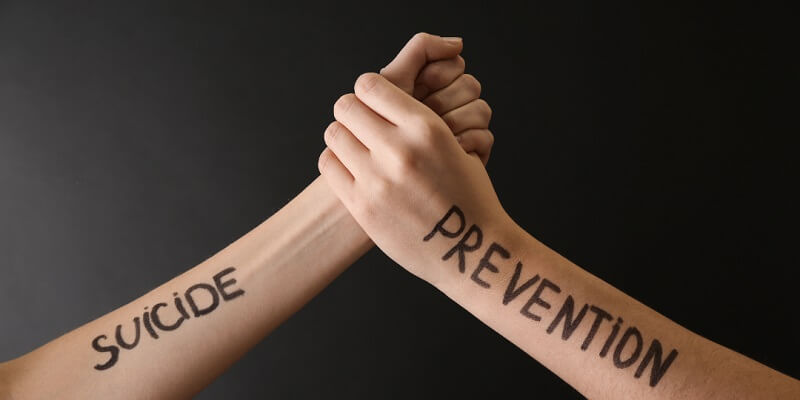Suicidal behavior refers to actions that are intended to cause death, such as taking an overdose of drugs, deliberately crashing a car, or engaging in other dangerous behaviors. Suicide is the act of intentionally ending one’s life. While the specific actions vary, those who exhibit suicidal behavior often feel trapped or overwhelmed by their circumstances and may see no other way to escape their pain.
What Causes Suicidal Behavior?
Suicidal behavior can be triggered by a variety of underlying conditions and circumstances. Common factors that contribute to the risk of suicide include:
- Mental health disorders: Conditions like bipolar disorder, borderline personality disorder, depression, schizophrenia, and PTSD are strongly linked to suicidal thoughts and behavior.
- Substance use: Drug and alcohol abuse can impair judgment and increase the likelihood of suicidal behavior.
- Stressful life situations: Severe life stress, such as financial troubles, relationship breakdowns, or the loss of a loved one, can lead individuals to feel overwhelmed.
- Social isolation: Loneliness or feelings of being a burden to others can make suicide seem like an escape.
Additionally, people experiencing emotional trauma, serious physical illness, unemployment, or money problems may feel trapped in their situations.
Risk Factors for Suicide
There are specific groups that are at higher risk of suicidal behavior:
- Teenagers: Factors such as access to firearms, a family history of suicide, self-harm, abuse, and romantic breakups can increase the likelihood of suicide attempts among young people.
- Older adults: Elderly individuals are at a higher risk due to feelings of hopelessness, loss of independence, or being a burden.
- Men: While men are more likely to die by suicide, women attempt it more frequently. Men tend to use more violent methods, such as firearms, which often result in death.
Symptoms of Suicidal Behavior
Signs that someone may be considering suicide include:
- Sudden mood changes or increased calmness after a period of anxiety or depression.
- Talking about death or suicide, or expressing feelings of hopelessness or guilt.
- Self-destructive behaviors such as excessive alcohol consumption, drug use, or self-injury.
- Withdrawal from friends, family, and activities once enjoyed.
- Giving away personal belongings or talking about getting their affairs in order.
- Changes in eating or sleeping habits, or sudden lack of interest in activities.
- Arranging means for suicide, such as purchasing medications, weapons, or other lethal tools.
It’s important to recognize that many people who attempt suicide show warning signs before doing so, but not always.
Treatment for Suicidal Behavior
People at risk of suicide often do not seek help because they feel hopeless, embarrassed, or uncertain where to turn for assistance. Emergency treatment may be needed for someone who has attempted suicide, and they might require immediate medical attention, including CPR or other life-saving procedures.
Therapy is crucial for individuals who are at risk of suicide. Examples include:
- Cognitive Behavioral Therapy (CBT): Helps individuals manage distress and suicidal thoughts.
- Dialectical Behavior Therapy (DBT): Focuses on managing emotions and reducing self-harm behaviors.
Mental health evaluation and treatment of underlying conditions like depression, bipolar disorder, or schizophrenia is critical. Medications such as antidepressants, mood stabilizers, and antipsychotic drugs may also be prescribed to reduce suicidal thoughts.
Outlook and Prognosis
Sadly, approximately one-third of individuals who attempt suicide will try again within a year. While many who attempt suicide do not die, 10% of those who attempt or threaten suicide may eventually die by suicide. Early intervention is essential for improving outcomes and reducing the risk of repeat attempts.
Prevention of Suicidal Behavior
Preventing suicide often involves addressing the risk factors early and providing support for individuals in distress:
- Limiting or avoiding alcohol and drugs can significantly reduce the risk of suicidal behavior.
- Keeping prescription medications, alcohol, and firearms locked and out of reach in homes with children or teenagers.
- Engaging in open conversations, offering emotional support, and being a non-judgmental listener.
- Investigating feelings of hopelessness and burden, particularly in older adults.
If you believe someone may attempt suicide, do not try to manage the situation alone. Seek professional help or contact a suicide prevention hotline immediately. Immediate intervention can save lives.
